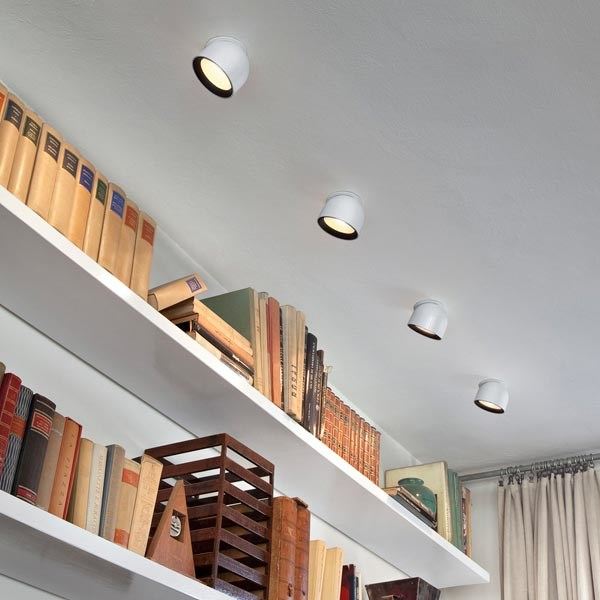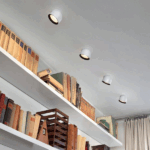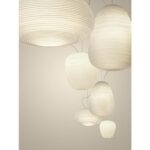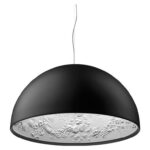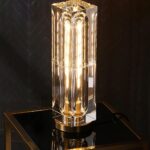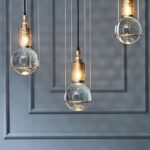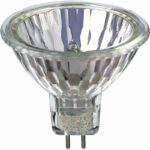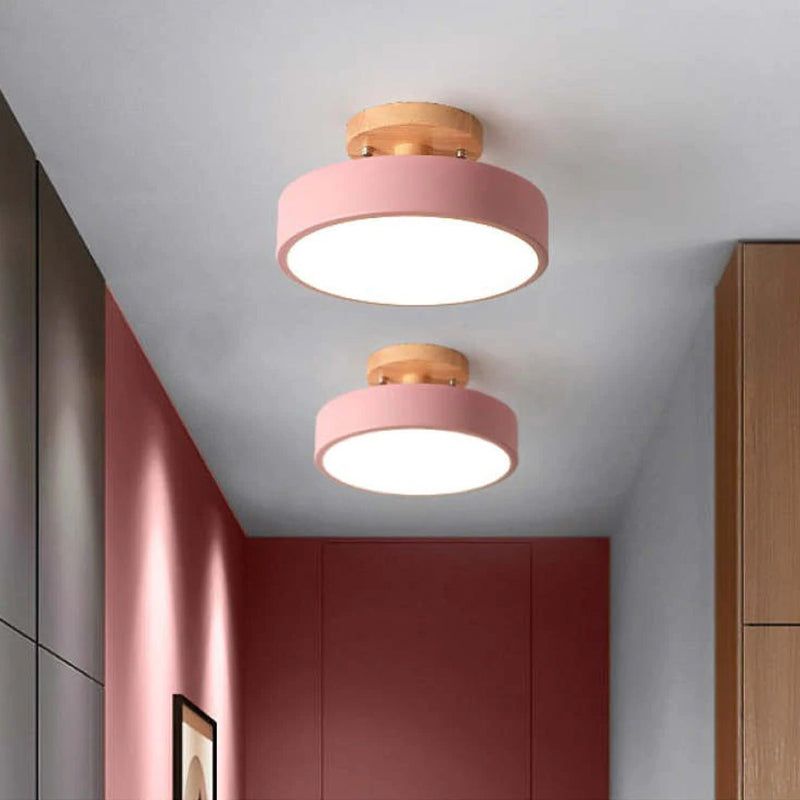
Halogen lamps are a type of incandescent lamp that produce light by using a tungsten filament enclosed in a bulb filled with halogen gas. The design of a halogen lamp is unique in that it allows the lamp to operate at higher temperatures, resulting in a brighter and more efficient light output. The presence of the halogen gas within the bulb allows for a continuous recycling process where tungsten particles that evaporate from the filament are captured and re-deposited, extending the lifespan of the bulb. Additionally, the design of halogen lamps allows for a smaller, more compact size compared to traditional incandescent bulbs, making them well-suited for use in a variety of applications such as task lighting, accent lighting, and automotive headlights. Despite their higher energy consumption compared to LED or fluorescent lamps, halogen lamps remain popular for their high quality of light and ability to easily dim and adjust brightness.
Halogen lamps have been a popular choice for lighting in homes and businesses for many years. Their design incorporates a tungsten filament enclosed in a small transparent envelope filled with a mixture of halogen gas, such as iodine or bromine. This unique design allows halogen lamps to produce a brighter and more focused light compared to traditional incandescent bulbs.
One key feature of halogen lamp design is the recycling of evaporated tungsten back onto the filament. As the lamp is turned on, the tungsten filament heats up, causing some of the tungsten to evaporate and deposit on the cooler parts of the lamp envelope. The halogen gas reacts with the evaporated tungsten, forming tungsten halide molecules. These molecules are carried back to the hot filament where they decompose, releasing tungsten atoms that resettle on the filament. This constant recycling process helps to prolong the lifespan of the filament and maintain the lamp’s efficiency.
Another important aspect of halogen lamp design is the use of a small quartz envelope instead of glass. Quartz is able to withstand much higher temperatures than glass, allowing the filament to operate at higher temperatures and produce a brighter light. The higher operating temperature also helps to prevent the build-up of blackening on the lamp envelope, extending the life of the lamp. Additionally, the smaller size of the quartz envelope gives halogen lamps a more compact and sleek design compared to traditional incandescent bulbs.
Despite their many advantages, halogen lamps do have some drawbacks, such as their relatively high energy consumption and heat output. However, advancements in lighting technology have introduced more energy-efficient options, such as LED lights, which are gradually replacing halogen lamps in many applications. Still, the unique design and performance of halogen lamps continue to make them a popular choice for certain lighting needs, especially in settings where a bright, focused light is desired.
 Decor ideas Style Starts Here
Decor ideas Style Starts Here
